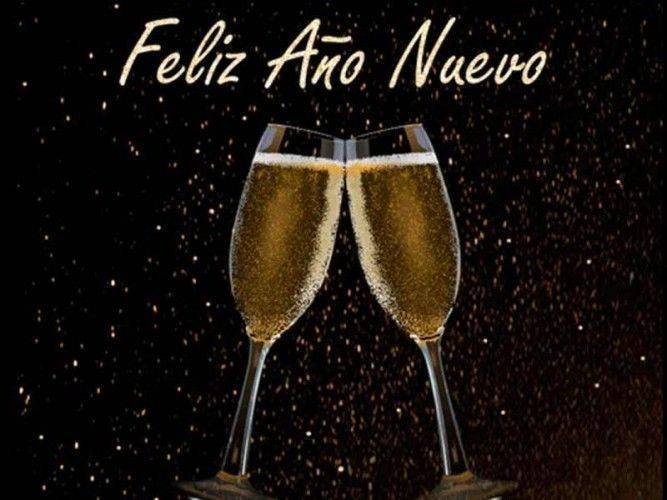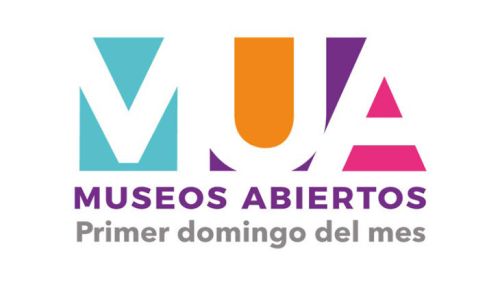Just like in many other countries around the globe, the New Year’s Day is a public holiday in Peru and celebrated on January 1. Festivities to welcome the New Year start on the evening of December 31.
While many associate New Year’s Eve only with fireworks and heavy partying - and there is a lot of wild and crazy partying going on especially at the beaches from Mancora in the north, to Punta Hermosa, Asia and Paracas in the south and in larger cities such as Lima and Cusco - in Peru there are additionally countless local customs and traditions around to bid farewell to the old year and welcome the New Year.
Peruvian New Year’s Eve Customs and Traditions
All these local customs are supposed to bring good luck or fortune for the upcoming year. As one can never have enough of these, try out the one or other to start your New Year on a good footing.
- Wearing new clothes, especially underwear, goes hand in hand with wearing a specific color which signifies your desires for the New Year. So in the local markets countless vendors sell new underwear to accommodate this tradition. Yellow is the most popular color and is supposed to bring luck and happiness, red is for love, white for health and fertility, and green for money and wealth.
- It is as well custom to decorate the house with yellow flowers and have yellow paper streamers and yellow confetti all around the house, which is believed to bring good luck. Scattering rice around the house is believed to bring luck and prosperity in the upcoming year.
- In many households three potatoes are placed under a chair: one peeled, one only partially peeled, and the last one unpeeled. When the clock strikes twelve, one is chosen without looking, which predicts the financial situation in the upcoming year. Having picked the peeled potato signifies a financially poor year, the partially peeled one brings a normal year and the one with the skin means lots of money.
- At midnight it is custom to eat twelve grapes, one for each month to come; while quickly eating one grape after the other and making a secret wish you have to say the name of each month. Dropping a grape or not getting the month’s name out correctly means bad luck for that month, and the wish for that particular month won’t come true. Sometimes a thirteen’s grape is eaten to seal the deal.
- It is also common to write down five wishes, each on one piece of paper, and dip the papers into a glass of champagne. And voila, they are coming true.
- Those wanting to travel or aiming for good luck while traveling, run around the block with an empty suitcase or backpack.
- If you need more money, just place coins in the shoes you wear on New Year’s Eve and you might get a pay raise or come by some money.
- Quite common as well is dressing a large doll (best filled with firecrackers) in old clothes and burning it. This gets rid of the old year and paves the way for the new.
- By throwing twelve coins over your shoulder into the street on New Year’s Eve, you get rid of any financial misfortune of the previous year. Picking up twelve coins (not your own) will bring you luck and prosperity.
- And last but not least, a visit to a shaman might free you from evil spirits after being sprayed with a chamomile bath and ensures a good and prosperous New Year.
What to do on New Year’s Eve in Peru
For New Year's celebrations, Peru caters for every taste, although some cities and towns are more enthusiastic than others.
Food lovers can enjoy a delicious New Year’s menu or buffet offered by many top restaurants or hotels in Lima and other cities. Across Peru, you as well find many hotels that offer dinner and party packages. Make your reservation early as spaces are booked out weeks, sometimes even months in advance.
Those who like to party should head to the beach. As it’s summer in Peru, many spend their holidays there. From Mancora and Punta Sal in the north, to Punta Hermosa, San Bartolo, Asia and Paracas in the south, there are parties going on.
Cusco as well is a good option for party lovers. Already before midnight, Cusco’s streets come alive. Then for the countdown of the New Year thousands gather at Cusco’s main plaza and the huge fireworks before partying the night away at one of the many bars, nightclubs and discotheques.
If you rather welcome the New Year a bit more quiet and far away from the hustle, best head to the Andes or jungle regions.
New Year’s Day in Peru
January 1 is usually a quieter day in Peru. Quite a few attractions and museums are closed; while some shops and markets don’t open at all, others welcome customers only after around noon. People stay at home and relax, visit a park or have a walk in town.
In Ollantaytambo, the gateway to Machu Picchu, however, a lovely tradition is still celebrated each New Year’s Day. The mayors of each community in the region, including their entourage and citizens, come to the main square of Ollantaytambo where they are greeted by the head mayor. Then the so-called “Sinkuy” celebrations start which comprise a bowling like game, traditional dances and costumes as well as regional food and drinks. If you are around, you shouldn't miss the Sinkuy.
Enjoy your New Year in Peru!




























